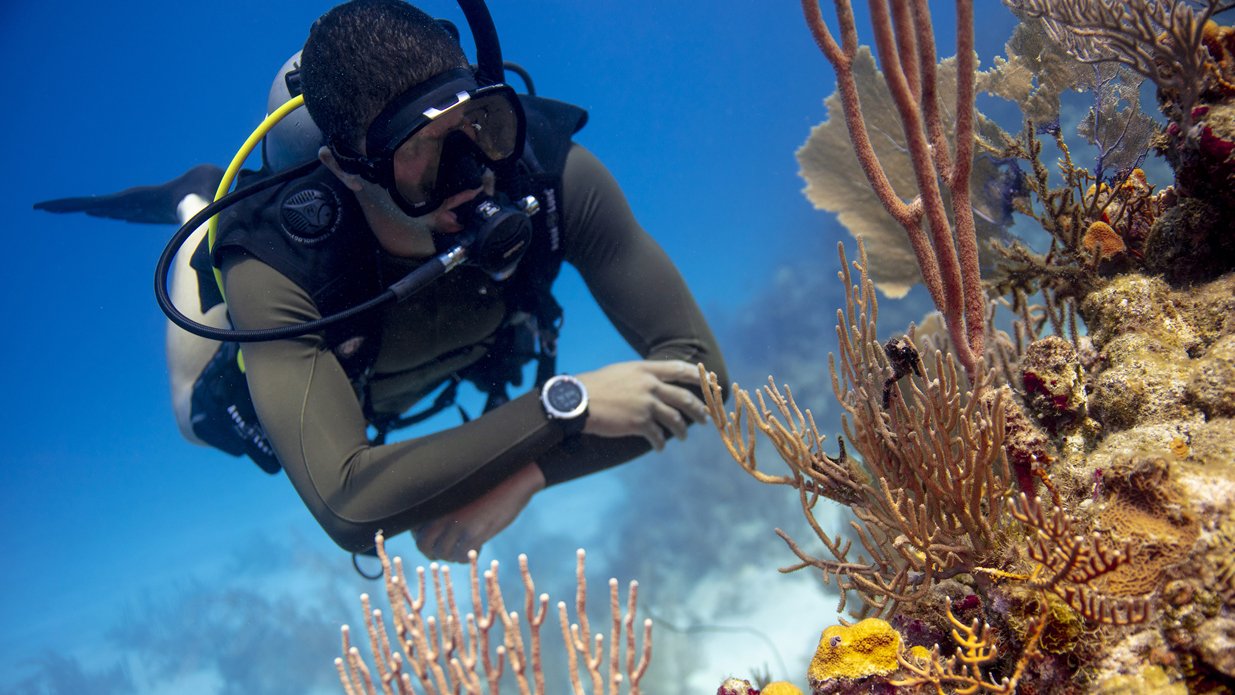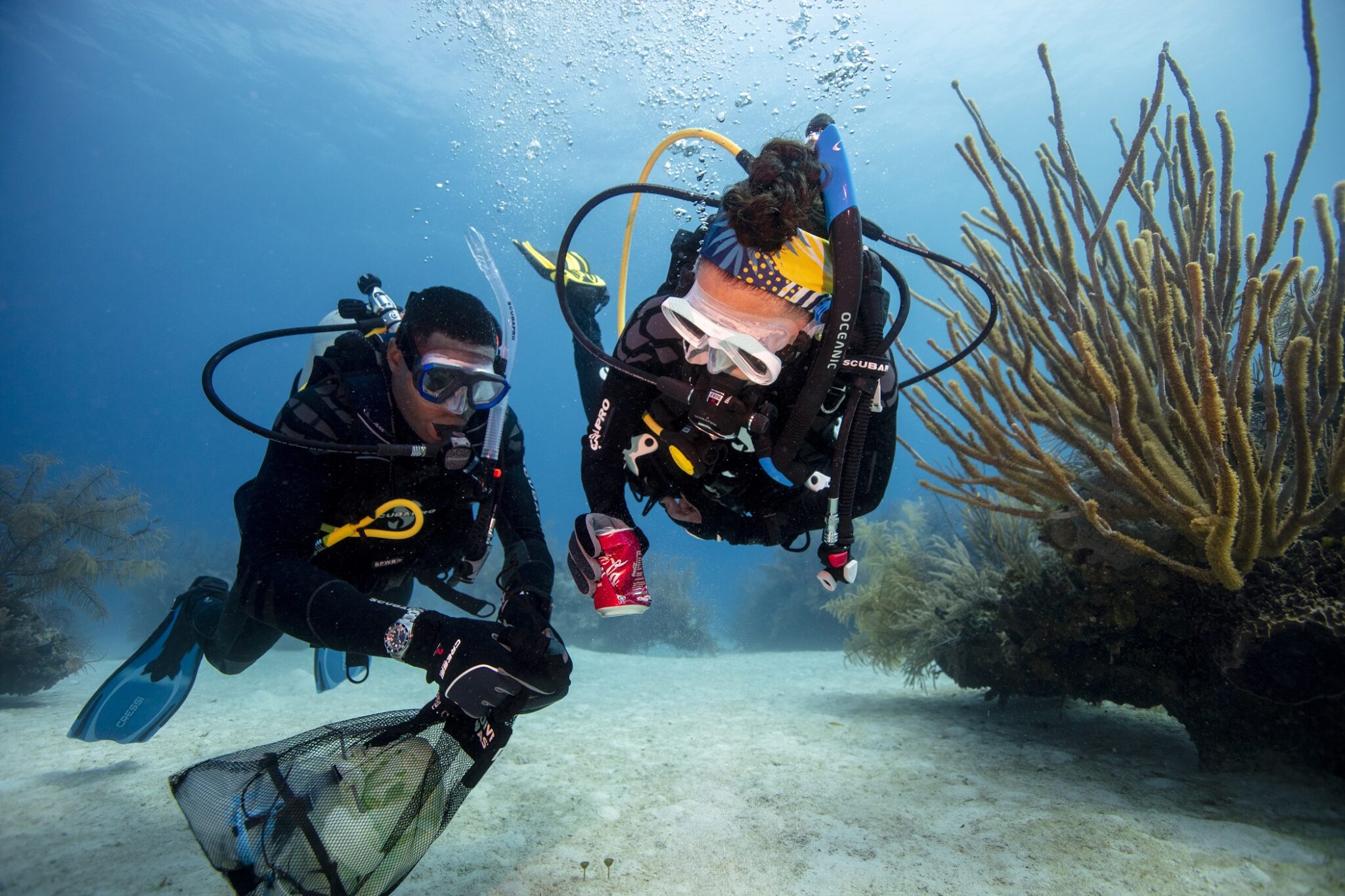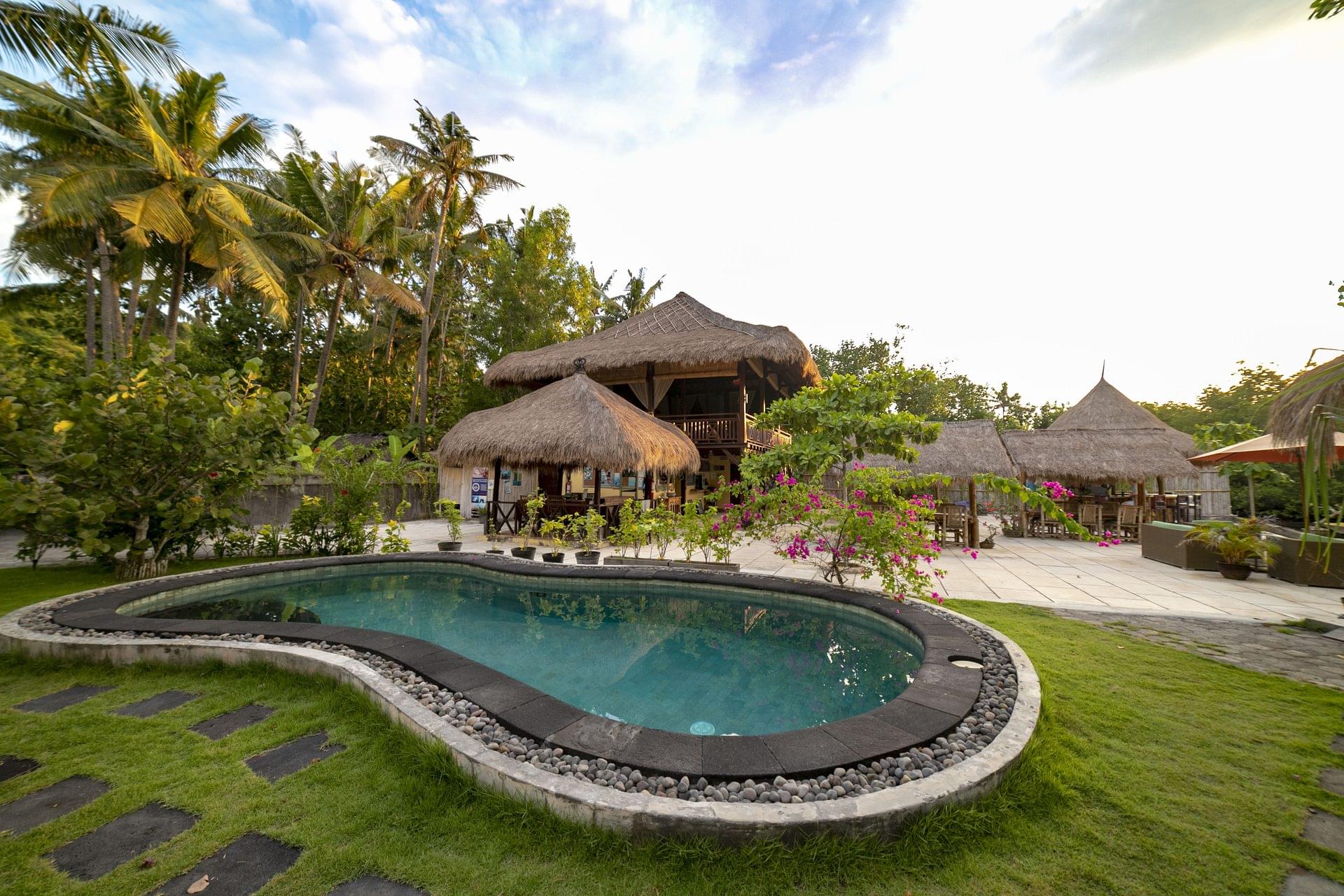As a diver, you may have witnessed firsthand some of the negative changes happening in the ocean – from plastic pollution to coral bleaching. With the increase in awareness of human-caused impacts on the environment, it can be overwhelming thinking about the challenges affecting our beloved ocean. But have no fear, divers are uniquely positioned to help save the ocean! There are ways that you can turn your passion for diving and the ocean into real action! Read on to learn about five things you can do to save the ocean as a PADI Diver.
Take a Conservation Dive Course

You don’t need to be a marine biologist to continue learning about the ocean and how to conserve it. PADI offers six conservation courses which combine education and action to protect the ocean. These courses range from being dry ‘fins off’, to having a mixture of eLearning and diving. You can learn about how to protect sharks, best practices for buoyancy, coral reef restoration, and so much more in these conservation dive courses:
Learn more about padi’s conservation dive coures
Support SeaLegacy & PADI’s 30×30 Petition
You can urge world leaders to protect 30% of the ocean by 2030 by supporting SeaLegacy and PADI’s 30×30 petition. The goal of this is to have 30% of the world’s oceans protected, through the creation of new and expanded Marine Protected Areas (MPAs), by the year 2030.
This is important because protected areas will create connected sections of the ocean that promote biodiversity, protect cultural heritage, promote livelihoods for coastal communities, and increase the ocean’s resilience to climate change. Read more about PADI and SeaLegacy’s partnership.
Protect 30% of the ocean by 2030
Become a Dive Against Debris Diver

The Dive Against Debris® Specialty course is an especially great opportunity to be a citizen scientist and make every dive count. The Dive Against Debris program activates the diving community to contribute to an underwater citizen science database on marine debris.
A Dive Against Debris Diver will contribute to this movement by learning how to collect critical survey data for the global database on marine debris. This data is used for critical scientific research to manage and control global marine debris, and to advance the PADI Blueprint for Ocean Action. This is truly a local opportunity that has global impacts!
Become a Dive Against Debris Diver
Dive with a Green Fins Dive Center or Resort
 Photo credit: Ceningan Divers
Photo credit: Ceningan Divers
Popular dive sites can be harmed if visitors and dive centers don’t use sustainable practices that reduce their impact. You can help protect dive sites, the ocean, and support environmentally-friendly dive centers and resorts that implement and promote responsible marine tourism by diving with those that are Green Fins certified! This means that these centers agree to follow the Green Fins of Conduct and promote sustainable diving practices and industry standards to protect the ocean and its ecosystems. Sustainable practices contribute to a healthy ocean, including improving the health of coral reefs!
Plant Seagrass with Your Next Dive Adventure

Another great opportunity to support ocean conservation efforts on your next PADI Travel adventure is to add an optional donation to The Ocean Foundation’s SeaGrass Grow Program. Your donation can offset your carbon footprint (calculate it here!) by supporting blue carbon restoration efforts led by The Ocean Foundation in Jobos Bay Reserve in Puerto Rico.
Blue carbon is carbon that’s captured and stored by the vegetation and soil of coastal marine ecosystems, like seagrass beds. Seagrasses keep a lot of carbon out of the atmosphere, can provide a natural buffer to waves, and provide a home for many marine animals too. Seagrass is a superstar, but unfortunately many seagrass beds have been harmed or lost due to pollution or habitat destruction. This makes seagrass restoration efforts vitally important in our efforts to save the ocean.
Learn more about the seagrass grow program
Related Reading
Written by ocean conservation communicator Camila Pauda.
Share This
